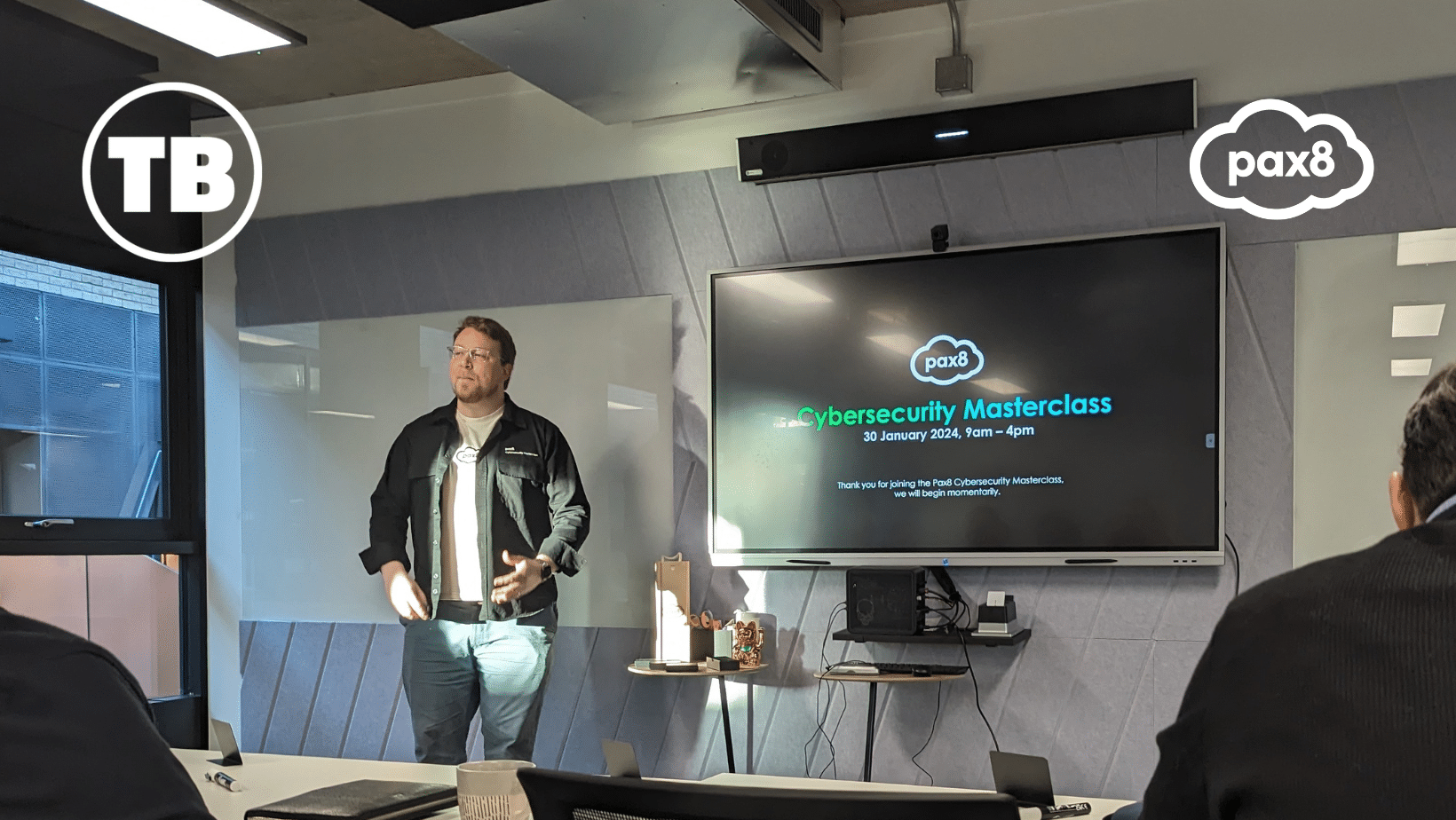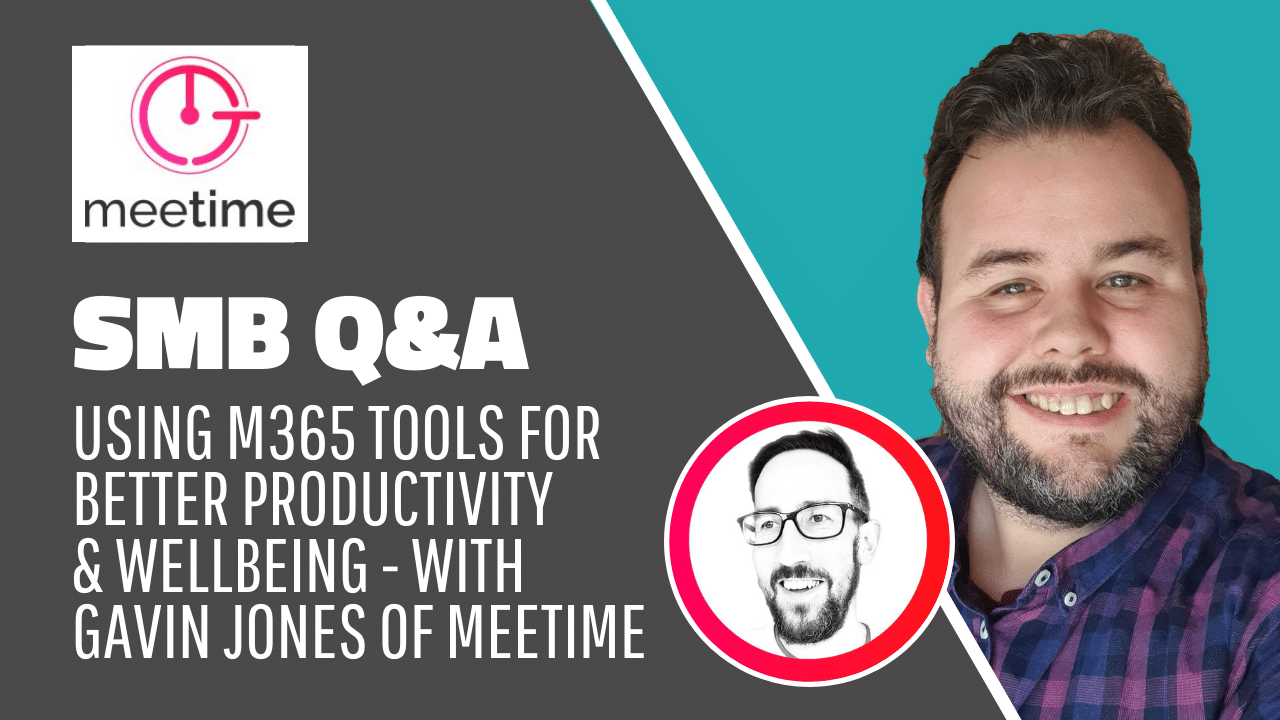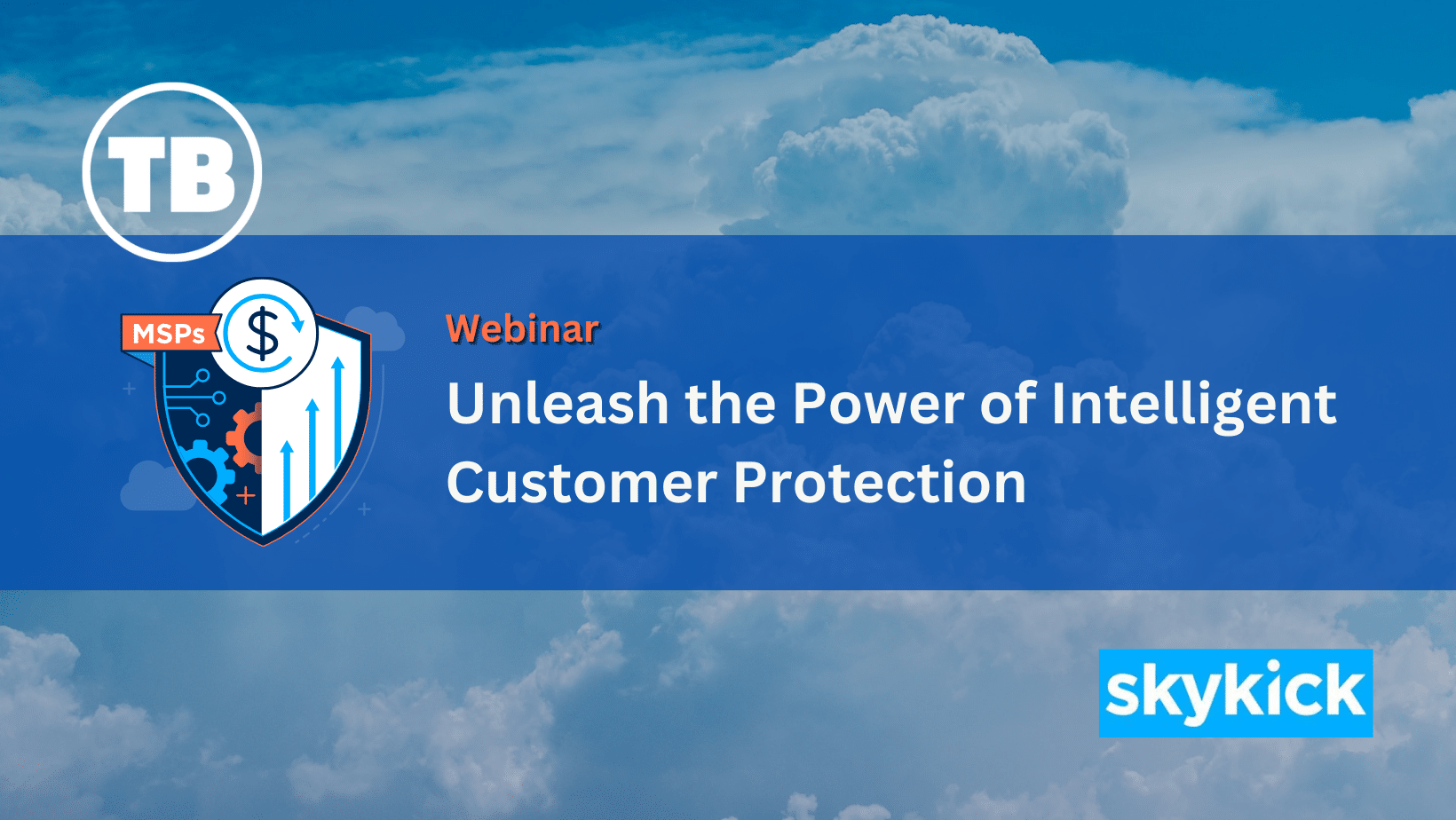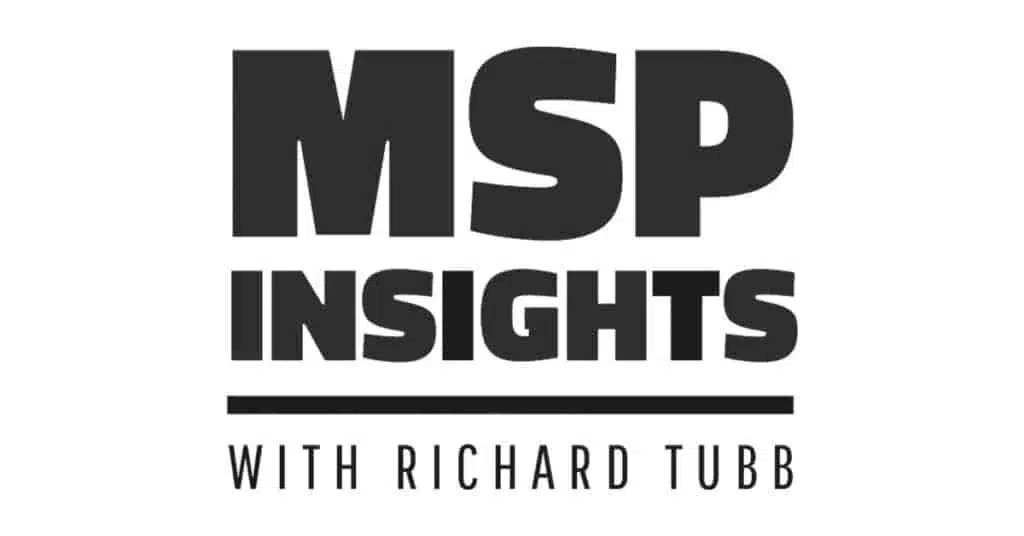Last year I gave a series of presentations to a number of SMB IT User Groups about my belief that one of the keys to growing a successful IT Managed Service Provider (MSP) is to move away from the “big bang” model, and to instead be looking for recurring revenue opportunities.
Never is this more apparent than with Anti-Virus products.
Managing Anti-Virus
 I know I’m not alone in saying that managing and maintaining Annual Anti-Virus renewals is a chore. You’ve got numerous problems, not least of which is the admin overhead of expanding the Anti-Virus (AV) license when a new workstation or user is added to a client’s network. Sending multiple invoices throughout the year with Pro-Rata costs for new licenses is a chore, and worse, if pro-rata *isn’t* available from your AV Vendor of choice, you’ve got a whole heap of licenses with different expiry dates to manage.
I know I’m not alone in saying that managing and maintaining Annual Anti-Virus renewals is a chore. You’ve got numerous problems, not least of which is the admin overhead of expanding the Anti-Virus (AV) license when a new workstation or user is added to a client’s network. Sending multiple invoices throughout the year with Pro-Rata costs for new licenses is a chore, and worse, if pro-rata *isn’t* available from your AV Vendor of choice, you’ve got a whole heap of licenses with different expiry dates to manage.
The trouble with annual AV renewals
From a clients perspective, Annual AV renewals are a pain because they are inflexible. With the economic downturn of recent years, I’ve seen MSP clients who were reluctant to sign-off on an Anti-Virus renewal for x amount of licenses because their gut-feeling was that in 3 months time they’d actually only need x minus 3 licenses, due to reductions in staffing. As the MSP you get into that sticky situation where you’re chasing the client to renew their license renewal in order to keep their network safe, but the client themselves are in no hurry to sign off.
Then there is the fact that traditionally Anti-Virus Vendors offer juicy incentives to new clients to lure their business away from competitors. Your client approaches you to say he’s seen an offer for Anti-Virus that is half their current Anti-Virus renewal rate – and you have to spend time trying to persuade them to stick with the solution they’ve already got.
So it’s fair to say that Annual Anti-Virus contracts are typically are a chore, for both MSP and client.
Anti-Virus for MSP’s
Then there is the actual Anti-Virus product itself. Many products are not aimed at the MSP market. For years, AVG Anti-Virus was one of my MSP’s favourite products for the Small Business market, because it was aggressively priced and reliable. But as we added more and more MSP clients the reality struck us that we were doing a lot of remote administration across a variety of admin interfaces – very inefficient. Wasn’t there any way to administer all of these clients sites from a central console? With AVG, the answer was sadly no.
The Anti-Virus product any MSP chooses to work with nowadays should be fully multi-tenanted. In other words, you should be able to manage as many functions of the product as possible (starting virus scans, dis-infecting files, responding to alerts) from a single interface covering all your clients, rarely having to remotely connect to a clients server through Remote Desktop or a similar tool to perform functions.
So as an MSP you want a multi-tenanted Anti-Virus product that does not bill on an Annual basis.
Rolling Anti-Virus contracts
The solution is a rolling Anti-Virus contract with an MSP aware AV Vendor. My own MSP moved away from annual renewals to monthly recurring contracts around two years ago, and life became much easier – both from a technical management and an administration perspective.
 At that time we moved on to using Trend Worry Free Business Security under the Trend xSP model. Put simply, Trend provided us with a license code which enabled us to install to as many end-points as we chose, be they workstations, servers or machines that were off the main company network – very useful if the Managing Director or his family want their home computers covered and managed by their MSP!
At that time we moved on to using Trend Worry Free Business Security under the Trend xSP model. Put simply, Trend provided us with a license code which enabled us to install to as many end-points as we chose, be they workstations, servers or machines that were off the main company network – very useful if the Managing Director or his family want their home computers covered and managed by their MSP!
Each month, we would bill the client for the number of licenses that they had used. If a client added or removed machines during a month, the number of licenses for the following month would be amended appropriately.
Once a Quarter, we reported back to Trend on the number of licenses we had used during that quarter – and paid our bill appropriately.
The benefits of working monthly
From our perspective as an MSP, we were never laying down cash for AV renewals on behalf of our clients because we’d already received payment from our client on a monthly basis. We didn’t have to pay the Vendor for their licenses until the end of a Quarter, we were much more efficient from an administrative perspective, and we made a tidy profit to boot.
I’m also a believer in the more line items you have on the monthly invoice you send to a client, the “stickier” you are likely to be with that client. Always be letting the client know the reality of the wide variety of work you do for them every month, to help them understand the value in your relationship with them.
From the clients perspective, they had the flexibility of only paying for what they used and as they paid monthly they didn’t have to suffer the “big bang” of annual Anti-Virus renewals.
What’s more, as an MSP working with a MSP savvy Vendor in Trend, we were given a single web interface (Trend Worry Free Remote Manager) that allowed us to be much more efficient about managing our client machines from a Technical perspective. From that web interface our engineers could respond to Virus alerts, remotely kick-off virus scans, amend AV engine settings and monitor the status of dozens of client sites from a single location.
Innovation in Managed Anti-Virus
The product wasn’t perfect, by any means. As an MSP we were not alone in becoming used to experiencing issues with Trend’s “Smart Scan” function which seemed to kill certain machines performance. There was still a need to remotely connect to clients servers to perform certain tasks which we’d have preferred to have completed centrally, and deployment still required work on the client site too. We’d also have liked the Anti-Virus reporting to have fed back to our PSA Tool (ConnectWise) to enable alerts to be managed through a single interface and reports to be delivered to our clients in a single uniform fashion – but these points aside, it was fair to say that Anti-Virus management with a Managed AV product such as Trend Worry Free Business Security was infinitely easier and more profitable than with traditional AV products.
Recently, I’ve had the opportunity to have a play GFI’s new Managed Anti-Virus offering – which integrates into their RMM tool, GFI Max.
![]() GFI Managed Anti-Virus (MAV) has caused quite a stir in the MSP community since it’s release a few weeks ago, with lots of chatter on LinkedIn and Twitter about it.
GFI Managed Anti-Virus (MAV) has caused quite a stir in the MSP community since it’s release a few weeks ago, with lots of chatter on LinkedIn and Twitter about it.
The killer feature here is integration. If you’re an MSP running GFI Max as your Remote Monitoring and Management (RMM) tool, that word “integration” is very significant!
Vipre Anti-Virus
 GFI Managed AV is built on the Vipre Anti-Virus product, produced by Sunbelt Software. GFI acquired Sunbelt and the Vipre product in July 2010, and have been working on incorporating Vipre into their Managed Service Provider range since.
GFI Managed AV is built on the Vipre Anti-Virus product, produced by Sunbelt Software. GFI acquired Sunbelt and the Vipre product in July 2010, and have been working on incorporating Vipre into their Managed Service Provider range since.
The product is priced aggressively, and MSP’s can bill their clients on a monthly basis for the product and receive payment from the client before GFI ask for their license payment.
Tracking license usage is very simple thanks to GFI Max’s strong reporting features. There’s no danger of an engineer deploying to a new workstation and your billing department forgetting to invoice – everything is automatically tracked.
From a technical perspective – rather than go over the features the GFI Managed Anti-Virus brings to the table, here’s a short video of the product that managed to sneak it’s way onto YouTube ahead of the actual product launch recently.
http://www.youtube.com/watch?v=hLQKTr8rnCY&w=448&h=252&hd=1
Wish List
There are still some features that I’m sure MSP’s would very much like to see – for instance, there is rarely a MSP client who doesn’t already have an AV product installed, so a tool to automatically remove existing AV products before deploying MAV would be a boon. That said, many GFI Max users have already created scripts deployed through GFI Max to automate some of that process, and I understand the Developers at GFI are working on an official tool to achieve the same goal.
But the real benefits are seen in on-going management terms. Rather than you or your engineers having a separate interface to visit to manage AV (such as Trend Worry Free Remote Manager) they simply visit the GFI Max Dashboard and use the same familiar interface to deal with Virus Threat alerts, Scan Results and Virus Quarantine.
All issues and alerts are reported into this central dashboard, which means they can automatically get raised (and closed) as tickets within your PSA tool of choice – ConnectWise or Autotask.
Time Saver
The ability to set Anti-Virus Policies centrally is a time-saver, both in terms of setting up and the amount of on-going maintenance it minimises. I’ve seen many MSP’s who struggle to uniformly deploy AV using the same policies (such as directories to exclude from File Scans, etc). MAV uses a hierarchy similar to Active Directory, so you can amend policies at the Client, Server or Workstation level – but easily use a standard set of policies across multiple deployments.
The reason I’ve always personally been a very vocal raving fan of GFI Max is the simplicity of their products. As a very small MSP, there simply wasn’t time for me to take deep-dives into products before I started using them. As my MSP grew in size, I wanted engineers to hit the ground running rather than having to be extensively trained in a product. The GFI Max Dashboard is easy to learn and use, and now that ease of use has been made available for an Anti-Virus product too.
All under one roof approach
Whilst I’ve traditionally been a huge fan of “Best of Breed” for MSP’s when choosing products to deploy at their client sites, I’m rapidly warming to the idea of having many products within a single dashboard for the efficiencies it provides. What’s more, whilst I’ve no prior experience using Vipre as a stand-alone product so am still learning about it’s weaknesses, I’d be stunned if I found any other AV that was so much better than Vipre that I’d be persuaded to use it in preference to those integrated features we’ve covered.
Switching to GFI Max MAV
If you’re an MSP using GFI Max as your RMM tool, then MAV is going to be a no-brainer for you to adopt. The benefits of having AV in the same interface your engineers are used to is the killer feature.
If you’re an MSP with no RMM tool currently in place, then MAV may persuade you to adopt GFI Max. You’re probably already frustrated with having multiple interfaces for all those different AV’s, and using MAV quickly kills that frustration off.
If you’re using a competing RMM tool such as Kaseya or Zenith Infotech which already has an AV bolted into to it, then you’re probably happy with it (and have invested a lot of time into getting it working as you like it) so I’d actually urge you not to check out GFI MAV for fear of becoming envious. ![]()
The bottom line
The bottom line here is that if you’re an MSP or IT Support provider using a variety of Anti-Virus products across many client sites, typically on an Annual Renewal basis – then you’re probably not making life easy for yourself. Problems with billing, problems with administration, problems with maintenance.
Standardising on a product, especially one that is multi-tenanted and MSP friendly, brings many efficiency benefits and starts to help you to increase your recurring revenue stream.















Comments
6 thoughts on Looking at Managed Anti-Virus for MSP’s
WILLIAM
26TH JUNE 2015 13:55:22
As a small business MSP, I agree wholeheartedly with the point of this article. A couple of years ago I made the transition from annual licenses to AVG's CloudCare platform. I've been using and recommending AVG AntiVirus since the late '90s, and selling it since 2007. While the CloudCare concept is a good one, the execution is poorly done and poorly supported. Way too many technical issues. Time spent dealing with CloudCare technical issues was far greater than managing the equivalent number of annual licenses under the old paradigm. I have now moved on to another Anti-virus vendor with a reseller web based management console, and things are much better, work as advertised and have responsive, competent support.
MARC
1ST JANUARY 2016 17:44:10
Hi William, What vendor did you move to after AVG? I'm a SMB MSP and I'm currently looking for a centrally managed, multi-tenant AV solution. Thanks.
PAUL DEAN
26TH AUGUST 2016 10:11:44
I'd be interested in looking at a different MSP AV vendor too. Are you planning to update this article Richard? There are lots of other choices these days.
RICHARD TUBB
13TH SEPTEMBER 2016 15:08:10
Paul -- thanks for the feedback and absolutely, an updated blog post looking at the latest MSP market Anti-Virus offerings is in the works!
SAM
16TH OCTOBER 2017 12:39:43
Great article, worth the read. Thanks
RICHARD TUBB
16TH OCTOBER 2017 15:55:27
Thanks, Sam!